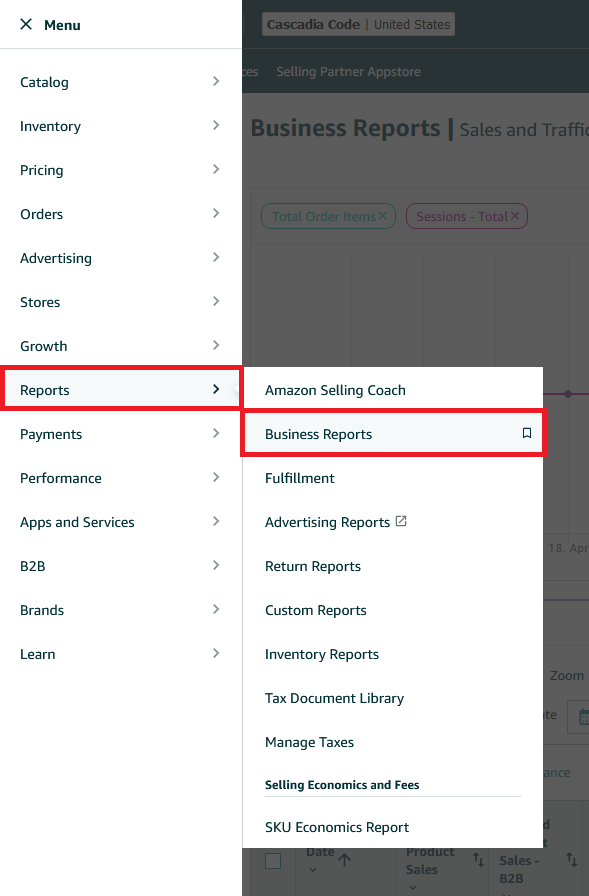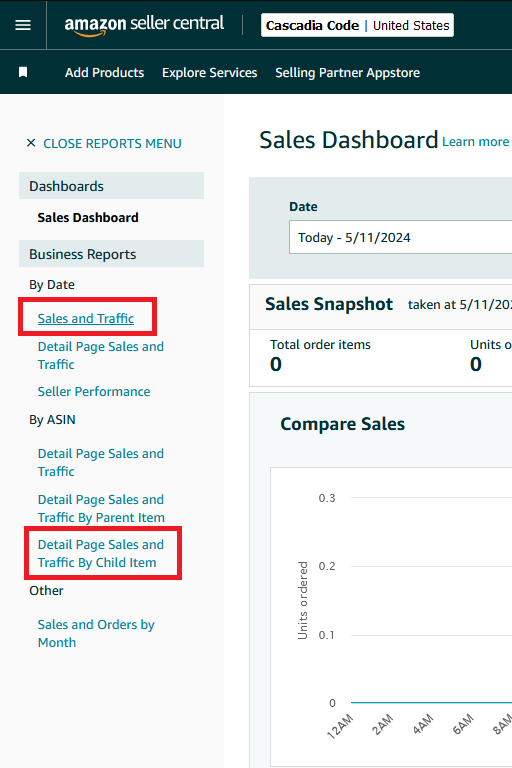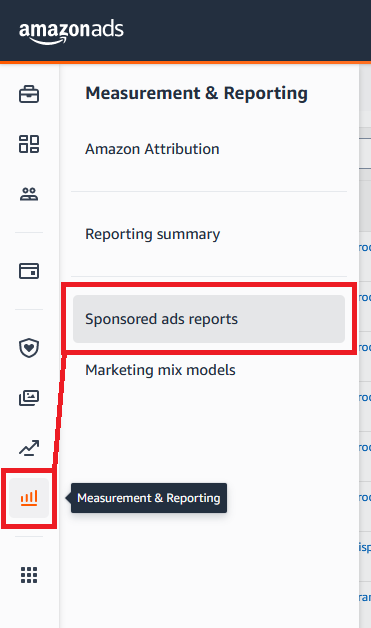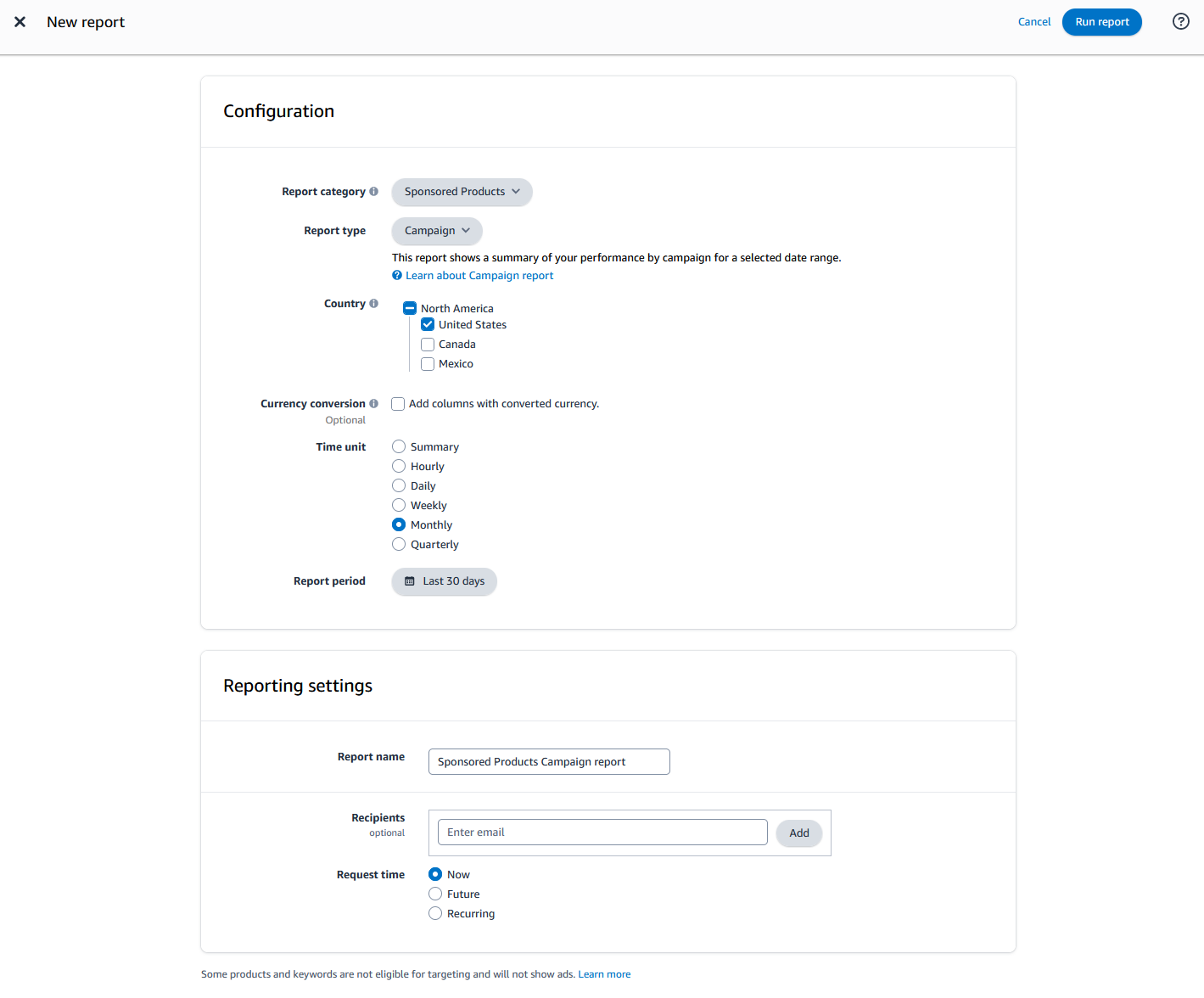First, what do we mean when we say branded keywords.
Branded keywords include the brand name or trademarks associated with a specific seller or manufacturer. These might be "Nike running shoes" or "Apple iPhone charger." These keywords target consumers who are already familiar with the brand and are likely looking for products specifically from these companies.
Non-branded keywords, on the other hand, are generic and do not include brand names. Examples would be "running shoes" or "smartphone charger." These keywords target a broader audience and are used by consumers who are not necessarily committed to a particular brand but are in the market for a specific type of product.
Before we can make a ruling on this we need to talk about an important distinction. There are actually two different subclasses of branded keywords. Offensive and Defensive.
Offensive vs Defensive Brand Keywords
Offensive brand keywords include your competitors brand names. If we use the competitors brand name in our keywords we are going on the offensive and trying to steal their clicks.
Defensive brand keywords include our brand name. If we pay for these clicks we are defending against other brands that are targeting us.
Brand competition is one of the listed secondary strategies in the PPC Guide Amazon Ads PPC Guide > Intermediate > Campaign Strategies
Should You Use Defensive Branded Keywords?
Running "Defensive" branded campaigns can be seem very appealing as they almost always have amazing conversion rates and extremely low ACoS numbers.
This is extremely deceptive.
Because we are targeting customers who were already looking specifically for your product we would expect these numbers to be high. You will already be in the top of the organic search results without the advertisement. In most cases this is a waste of money. You are just paying needlessly for clicks that you would have gotten for free organically.
There have been studies run on this and the takeaway is that it is a purely strategic (IE non-profitable) campaign strategy for brands that are already at the top of the organic search results. Taking a loss to prevent the possibility of competitors edging in.
If this isn't you, don't even consider it.
Should you use Offensive Branded Keywords?
The primary goal of offensive keyword strategies is to intercept potential customers by appearing in searches meant for your competitors. The click-through-rate on these advertisements will be bad, and they will almost certainly be more expensive than generic keywords. However... if you test them and the following series of unlikely things is true:
- they have a conversion rate that is comparable to your generic keyword campaigns
- they have an ACoS that is within your acceptable range
- the budget on this campaign could not be used more profitably in another campaign
Then yes, the offensive branded campaign is viable and you should keep running it. It will expand your market share.
Some people will even decide to do this at a loss for strategic purposes to build market share and organic sales in the long run, while taking a temporary loss.
Conclusion
So should you run branded keyword campaigns? The answer is almost certainly not. Minus the exceptions listed above.




